All about ash willows
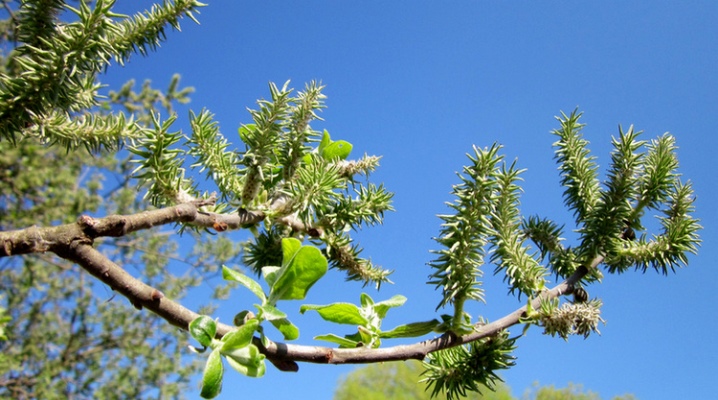
Many are familiar with willow. For the majority, it is associated with a weeping tree that sprouts in certain places (somewhere on the banks of water bodies). Few people know that this tree has its own varieties, which, with simple care, can become a decoration of a personal plot. One of these trees is the ash willow. As a green-leaved tree, it appears gray from a distance.
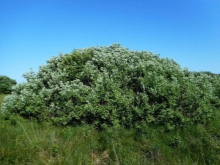
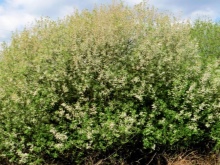
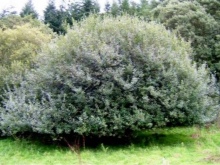
Description
Ash willow (Salix cinerea) is a small shrub that grows in areas with excessive moisture. Its height ranges from 3 to 5 m, the crown volume is 3 m. You can meet such a lush shrub near swamps, ditches, in dense and mixed forests, characterized by high humidity. Willow grows in different ways: in separate bushes or in dense plantings (clumps). They are mainly found in swampy areas, since seeds trapped in this soil quickly take root.
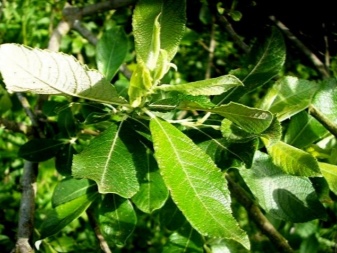
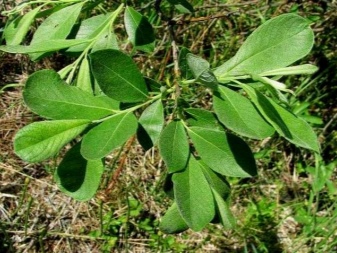
The branches of the tree are thick but brittle and have a gray color. They are densely covered with foliage, which is green with a grayish tint on top, and grayish tomentose below. The length of the leaf varies from 4 to 12 cm. The shape is elongated, slightly pointed downwards. Several pairs of lateral veins protrude from each leaf.
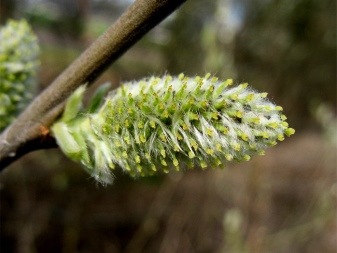
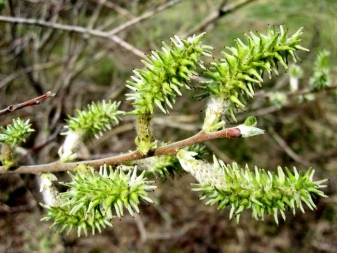
Flowering, which needs warmth, usually starts in mid-spring, but due to the lack of heat, it can be delayed. The fruits are small capsules about 3 mm in length. Bracts of brown color, resembling a shovel, are dark above and whitish below. They have a long hairy structure. Densely flowered catkins are long (about 2 cm) and slender. Earrings are divided into male and female.
Mens
- They are ovoid.
- Stamens, consisting of 2, are represented by bright yellow anthers and an oblong nectary located behind.
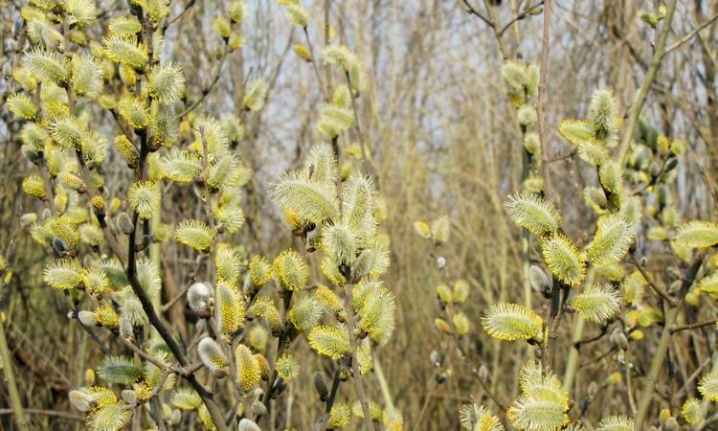
Womens
- They have a cylindrical shape.
- The ovary is conical, elongated, gray in color.
- The column is short, slightly divided.
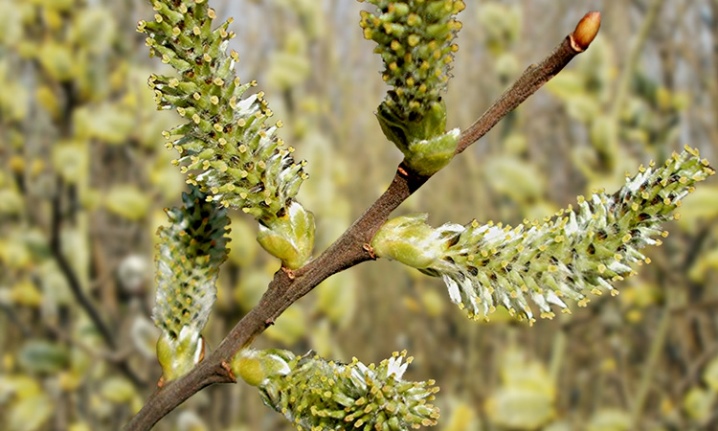
Landing
Ash willow belongs to the category of unpretentious plants. The main condition for its favorable growth is the presence of moisture. It is preferable that the soil is marshy, but the shrub grows well on peat soil, on loam.
Willows need enough sun to thrive. A strong gusty wind can destroy it, so experienced gardeners recommend planting shrubs next to other trees.
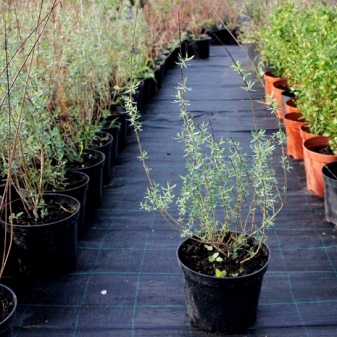
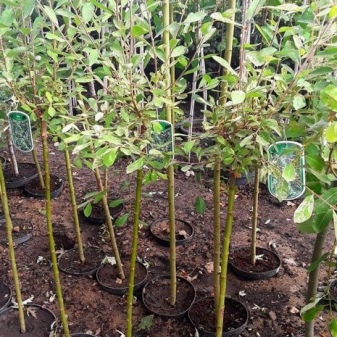
For a young seedling, it is necessary to prepare a hole 50 to 50, its depth should be at least 40 cm. If the soil is sandy, clayey, or there is no reservoir nearby, then for quick rooting, it is recommended to fill part of the hole with a nutrient mixture... To do this, mixes compost, black soil, peat and manure in equal amounts. After the hole is ready, you can immerse the seedling in it. This must be done in the center.
As everything is done, sprinkle the hole and pour water over it. In the first months after planting, it is necessary to ensure that the soil near the seedling does not dry out. Depending on weather conditions, watering is carried out 2-3 times a week. In addition, if a bush is planted in regions with an arid climate, then it is recommended to lay drainage in the form of pebbles at the bottom of the hole. This will be an obstacle for water flow far inland.
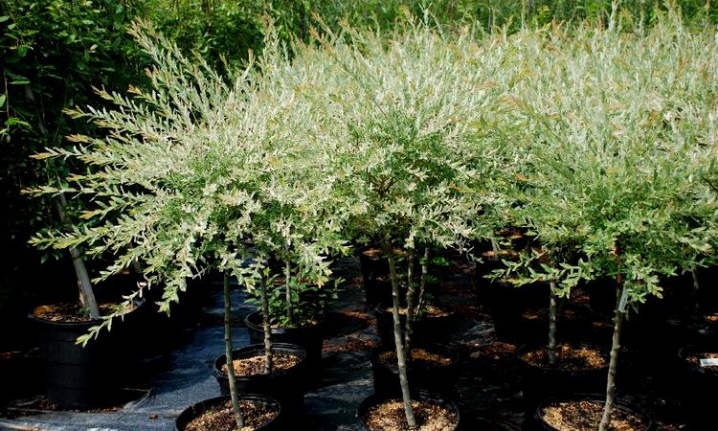
To enrich the soil with oxygen, it is necessary to loosen the hole a day after watering. Planting ash willow in open ground is possible in spring and autumn. Experienced gardeners still recommend planting in the spring so that the roots of the seedling can prepare for winter over the summer.
Care Tips
At first, after planting a seedling in open ground, it is important to ensure that the soil does not dry out... For this, it is advisable to lay around the hole mulch (from grass, leaves or shavings). Mulching not only keeps the soil moist, but also enriches the soil with organic matter. In addition, mulching should be resorted to in late autumn in order to protect the roots of the seedling from severe frosts.

If the willow was planted on fertile soil for it (black soil, marshland, peat bogs), then, in principle, it does not need feeding. And if on less fertile lands (sandstones and others), then it is worth taking care of complex feeding 2-3 times a season. It is recommended not to ignore the removal of dry branches and fungi from the tree, which sometimes grow on it with an excess of moisture, since all of the above can cause rot.
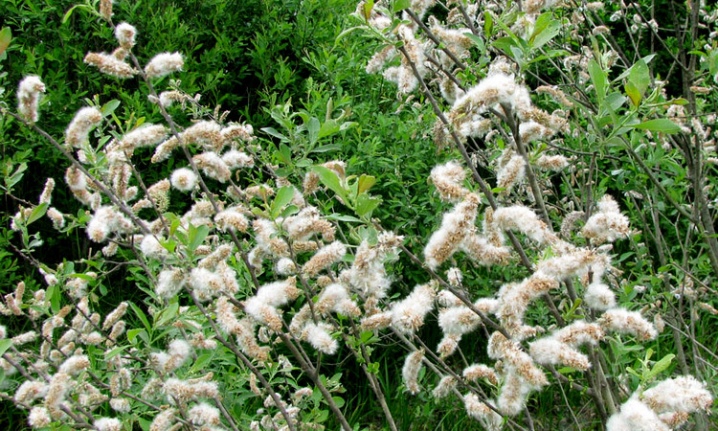
As for the appearance of the shrubs, if they have grown strongly, they can be trimmed, giving the bush the necessary shape.
Reproduction
Reproduction is carried out in three ways.
- Seed propagation... The method is simple, but not always effective. If the seeds are more than 10 days old, then the probability of their emergence is very low.
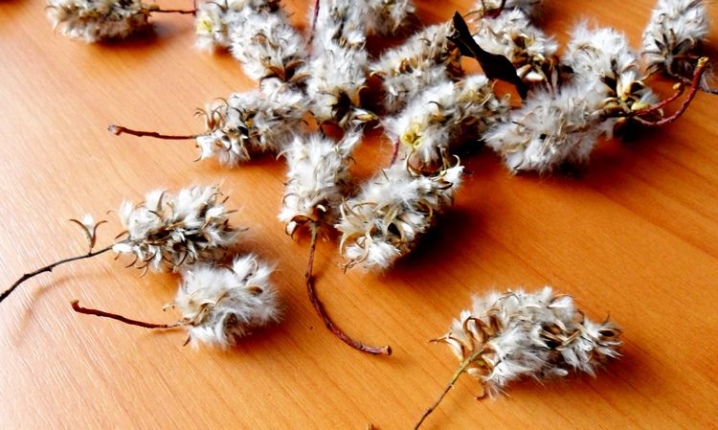
- Rooting cuttings. This method does not cause much trouble. The main thing is that the cuttings are not winter, since they do not take root at all. Green cuttings give 100% rooting, provided that they have been treated with a special solution of "Kornevin".
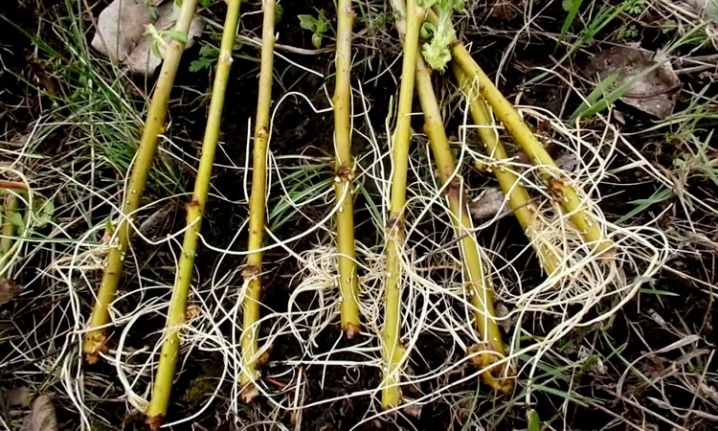
- Reproduction through vaccination. This method can be resorted to by specialists, since the technology requires certain skills.
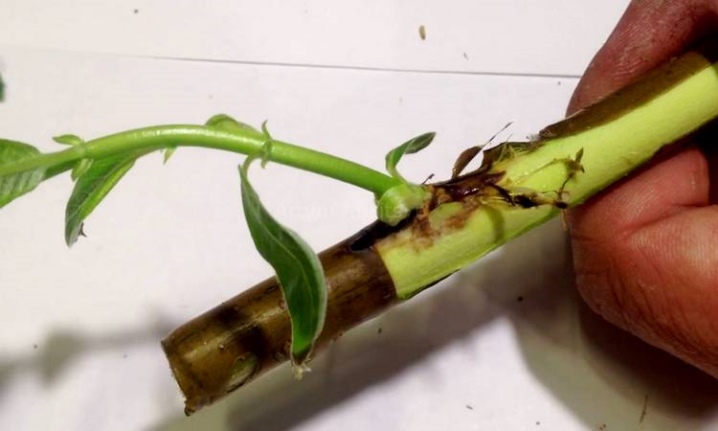
If ash willow bushes grow next to water bodies, then they sprout quite quickly on their own, forming clumps (large and dense plantings).
Diseases and pests
Since ash willow requires a considerable amount of moisture, if irrigated improperly in rainy summer, it can be affected by fungi. As for pests, they are, as a rule, one of those that live in damp soils. Thus, for prevention, it is necessary to properly approach the tillage.


The first step is to avoid over-watering. In order to avoid burning the foliage in the hot summer, it is necessary to water the bushes in the evening when the heat subsides. So that there is no stagnation of moisture, the soil needs loosen regularly (one day after watering).
For prophylaxis in the autumn, it is recommended to irrigate willow with 3% Bordeaux liquid before leaf fall. With the appearance of the kidneys, 2 times it is necessary to carry out the treatment with 1% copper sulfate with an interval of 4-5 days.
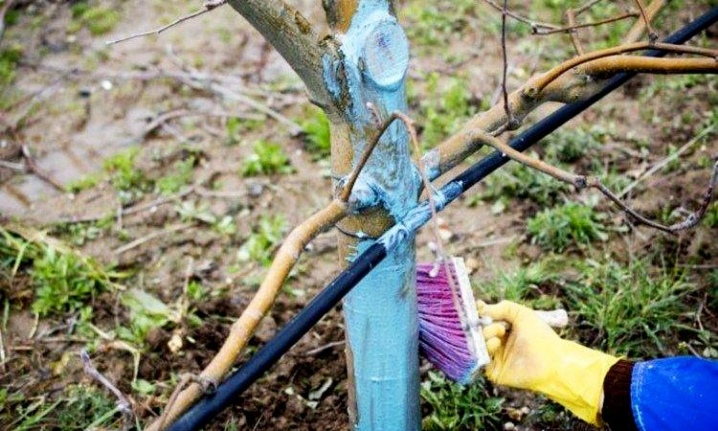
Fallen foliage should always be removed in the fall, since many insects remain in it for the winter.
For more information about ash willow, see the video below.



































































The comment was sent successfully.